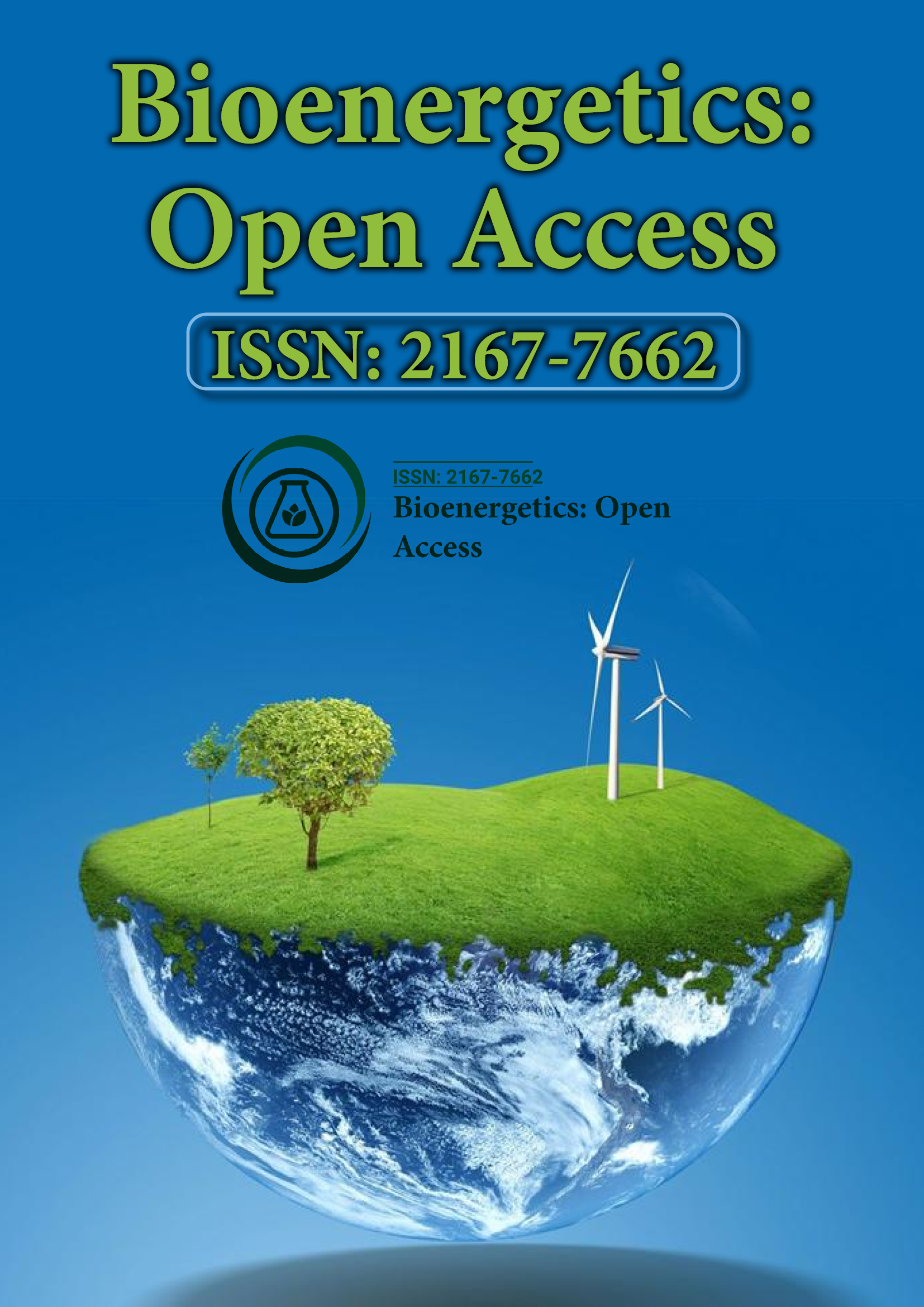Indexed In
- Open J Gate
- Genamics JournalSeek
- Academic Keys
- ResearchBible
- RefSeek
- Directory of Research Journal Indexing (DRJI)
- Hamdard University
- EBSCO A-Z
- OCLC- WorldCat
- Scholarsteer
- Publons
- Euro Pub
- Google Scholar
Useful Links
Share This Page
Journal Flyer

Open Access Journals
- Agri and Aquaculture
- Biochemistry
- Bioinformatics & Systems Biology
- Business & Management
- Chemistry
- Clinical Sciences
- Engineering
- Food & Nutrition
- General Science
- Genetics & Molecular Biology
- Immunology & Microbiology
- Medical Sciences
- Neuroscience & Psychology
- Nursing & Health Care
- Pharmaceutical Sciences
Opinion Article - (2024) Volume 12, Issue 4
Improving Cancer Treatment Efficacy through Dual-Pathway Glycolysis Inhibition and Combined Therapeutic Approaches
Sarah Lee*Received: 29-Nov-2024, Manuscript No. BEG-24-28109; Editor assigned: 02-Dec-2024, Pre QC No. BEG-24-28109 (PQ); Reviewed: 16-Dec-2024, QC No. BEG-24-28109; Revised: 23-Dec-2024, Manuscript No. BEG-24-28109 (R); Published: 30-Dec-2024, DOI: 10.35248/2167-7662.24.12.280
Description
The combination of dual-pathway glycolysis inhibition with chemodynamic and photothermal therapies presents an innovative approach for improving the efficacy of bioenergetic therapies, particularly in the context of cancer treatment. Traditional cancer therapies often focus on either inhibiting tumor cell proliferation or targeting specific molecular pathways associated with tumor growth. However, tumor cells are wellknown for their ability to adapt to various therapeutic stresses by rewiring their metabolic networks, which makes targeting metabolism a potentially effective and under-explored strategy. Glycolysis, a critical metabolic pathway for energy production, has gained attention as a potential target for cancer therapy due to its role in supporting rapid cell division and survival in hypoxic environments.
Glycolysis is the process by which glucose is broken down to generate ATP, even in the absence of oxygen, a phenomenon known as the Warburg effect. Tumor cells, particularly in solid tumors, often depend on glycolysis for energy production, even when oxygen is available. This metabolic reprogramming supports their rapid proliferation and survival in environments with limited oxygen and nutrients. Inhibiting glycolysis can thus reduce tumor cells of the energy needed for growth and survival, making it an attractive therapeutic strategy.
Recent studies have explained the concept of dual-pathway glycolysis inhibition as a means to overcome the compensatory mechanisms that tumor cells use to escape single-target glycolytic inhibitors. Tumor cells frequently exhibit redundancies in metabolic pathways, allowing them to overcome the effects of single-target inhibition. By targeting two different enzymes or steps in glycolysis, dual-pathway inhibition seeks to ensure a stronger blockade of this essential energy-producing pathway. This strategy holds the potential to not only starve tumor cells of energy but also make them more susceptible to other forms of therapy.
Dual-pathway glycolysis inhibition can sensitize tumor cells to both CDT and PTT by exacerbating the energy deficit within the cells. By inhibiting glycolysis, tumor cells are less able to manage the increased oxidative stress and metabolic demands imposed by CDT and PTT. This metabolic vulnerability makes them more susceptible to damage from ROS generated during CDT and from the thermal effects induced by PTT. Dual-pathway glycolysis inhibition weakens the tumor cells' ability to withstand additional therapeutic stresses, thereby increasing the effectiveness of chemodynamic and photothermal therapies.
One of the main advantages of this combined approach is its ability to target multiple aspects of tumor metabolism and therapy simultaneously. Tumor cells often exhibit metabolic flexibility, which allows them to adapt to various environmental changes, such as fluctuating oxygen and nutrient levels. Dualpathway glycolysis inhibition, by disrupting two critical steps in the glycolytic pathway, may impair the cell's ability to compensate for metabolic stress, rendering them more vulnerable to other treatments. Additionally, CDT and PTT can provide a localized and non-invasive means to apply high therapeutic doses of oxidative stress and heat, respectively, further increasing treatment precision and reducing potential damage to surrounding healthy tissues.
The synergy between glycolysis inhibition and these advanced therapies also opens up new possibilities for personalized treatment strategies. Cancer is a highly heterogeneous disease and different tumors may exhibit unique metabolic characteristics. By understanding the specific glycolytic pathways active in different tumor types, clinicians may be able to customize the combination of dual-pathway glycolysis inhibitors with chemodynamic and photothermal agents to maximize therapeutic benefit. For example, certain cancers that exhibit high rates of glycolysis may benefit more from this combined approach, while other tumors may require different metabolic interventions.
Citation: Lee S (2024). Improving Cancer Treatment Efficacy through Dual-Pathway Glycolysis Inhibition and Combined Therapeutic Approaches. J Bio Energetics. 12:280.
Copyright: © 2024 Lee S. This is an open access article distributed under the terms of the Creative Commons Attribution License, which permits unrestricted use, distribution, and reproduction in any medium, provided the original author and source are credited.
